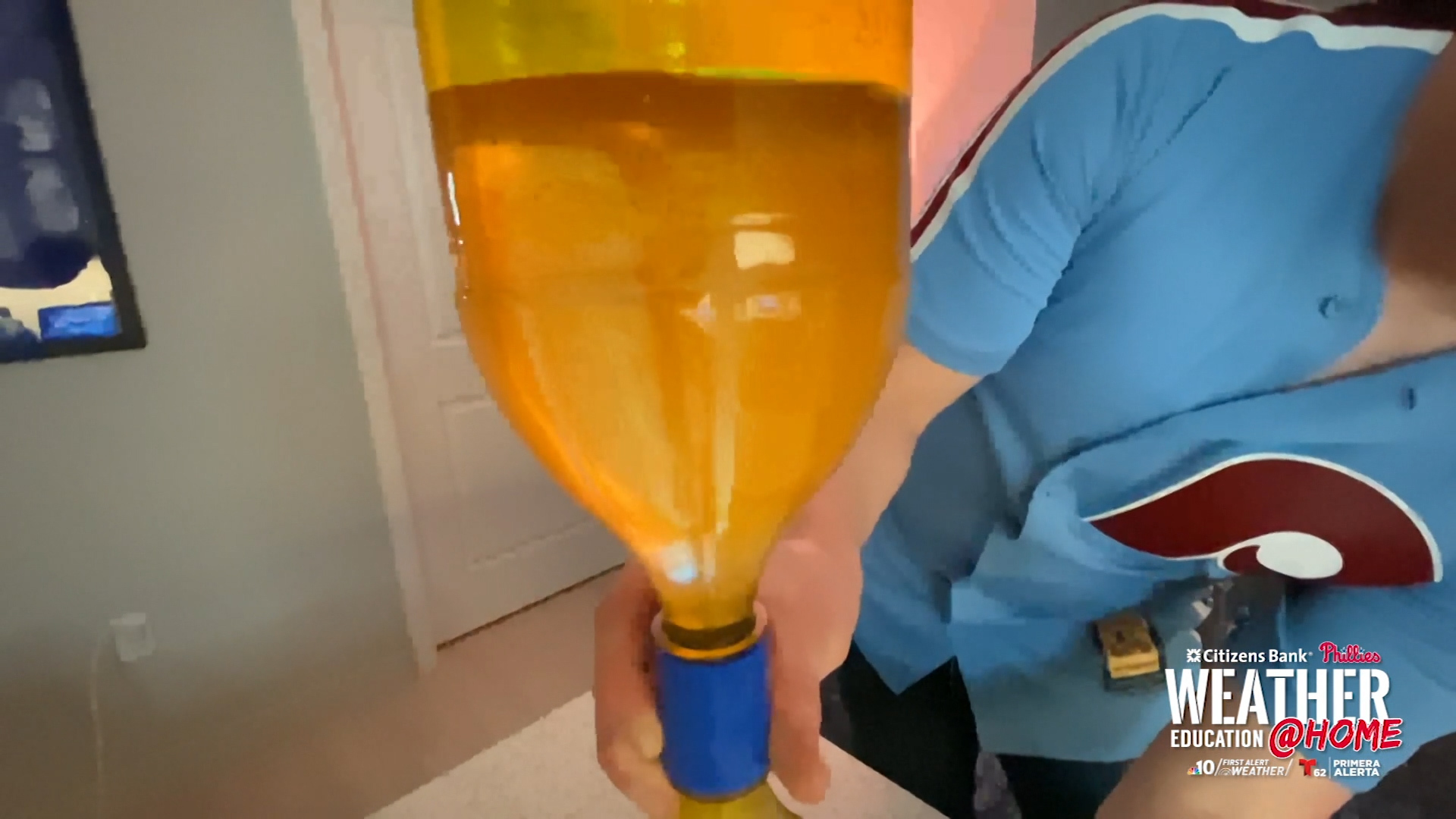Welcome to Weather Education Week @ Home! All week we are bringing parents and students interesting science experiments from the NBC10 First Alert Weather team -- and the Philadelphia Phillies!
For more on Weather Education Week @ Home, click here. For a printable version of this experiment, click here.
For this experiment, let's check out how salt affects ice and the freezing point of water. If you try it, please take a video and upload it here -- we may use it on NBC10!
Need:
Get top local stories in Philly delivered to you every morning. Sign up for NBC Philadelphia's News Headlines newsletter.
- Salt (any type)
- 1 glass
- Water
- Scissors
- String
- Ice cubes
Steps:
- Fill your glass all the way to the top with room-temperature water.
- Cut a piece of string -- about 4-5 inches is enough.
- Add one or more ice cubes to the glass. They should float atop the glass.
- Lay your string across the ice cubes, with the ends of the string draping off the sides of the glass.
- Wait 60 seconds.
- Slowly, grab the ends of the string and lift.
- Watch what happens! The string lifts off the ice, nothing attached.
- Now, repeat step 4: Lay your string across the ice cubes, with the ends of the string draping off the sides of the glass.
- This time, add a thick layer of salt to the ice cubes where the string is touching.
- Wait another 60 seconds.
- Slowly, grab the ends of the string and lift.
- Watch what happens! An Ice cube will be stuck to the string.
What Happened?
Salt helps to lower the freezing point of water below 32 degrees (0 degrees Celsius). When you added the string to the ice, without salt, no reaction occurred. Nothing could bind the string to the ice.
However, when you added the salt, the freezing temperature of the water in the ice dropped below 32 degrees, just along the surface of the ice cube. This slightly melted a thin layer on the top of the ice cube.
As a result, the string sunk into the ice cube. The melting of the ice released heat, further cooling the surface, which allowed it to then refreeze. As a result, the string got stuck on the ice!
The same rules apply when roads are salted before a snow or ice storm. The salt mixture used by road crews helps to ensure the roads won’t freeze right at 32 degrees. This ensures roads are less dangerous during winter storms.



